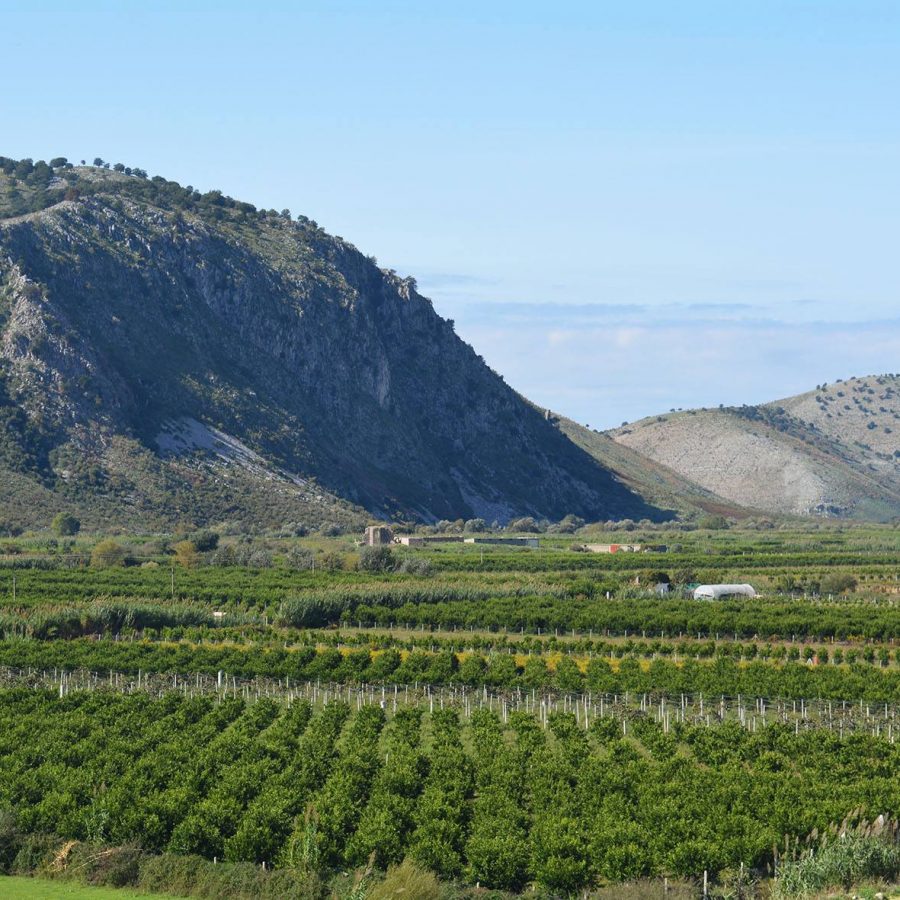Albanian agriculture shows solid growth in 2024, livestock lags behind

Albanian agriculture recorded steady growth in 2024, with strong output in crops and horticulture, while livestock farming showed signs of strain. According to official data, a total of 649,000 tons of grains were harvested this year, led by the districts of Fier, Elbasan, and Korçë.
Why is this important: Agriculture remains a key pillar of Albania’s economy. Sustained growth in production, particularly in vegetables and olives, shows clear potential for exports and rural development. However, the sector’s balance is under pressure, as livestock numbers and dairy output decline, revealing structural weaknesses.
Context: Vegetable production reached 1.42 million tons, up 2.9% from the previous year. Nearly a quarter of this came from greenhouse farming, concentrated in Fier and Berat. Early-season vegetables alone accounted for 941,000 tons, followed by dry vegetables (136,000 tons) and melons (347,000 tons).
Fruit production also remained robust, with apples and plums leading in volume. Olive production saw a significant 24.6% increase, while Vlora emerged as the national leader in citrus farming, producing over 60% of the country’s total.
Meanwhile, staple crops like potatoes saw a 1.3% increase, and niche sectors like beans and medicinal plants are becoming sustainable income sources for many families.
Challenges persist: Livestock farming is showing signs of distress. While the total number of cattle rose 3.3%, the number of dairy cows fell by 3.5%. The decline was even sharper for other species: sheep, goats, and pigs—especially the latter, down by 9.4%.
Egg and milk production also saw minor drops, reflecting the economic pressures many livestock farmers face, including rising costs and market volatility.
Animal stock breakdown (in thousands):
· Cattle: 272,000
· Small stock: 1,792,000
· Wool-bearing animals: 1,177,000
· Poultry: 6,992,000
Beekeeping: Albanian apiculture is thriving. The number of beehives increased by 13%, and honey production grew by 5.4%. These gains suggest untapped potential in niche agricultural markets and exportable goods.
What’s next: While plant-based agriculture shows clear momentum, livestock needs targeted financial support to maintain a balanced rural economy. The government is expected to consider tailored aid to address this disparity and ensure sustainable development across all sectors.


